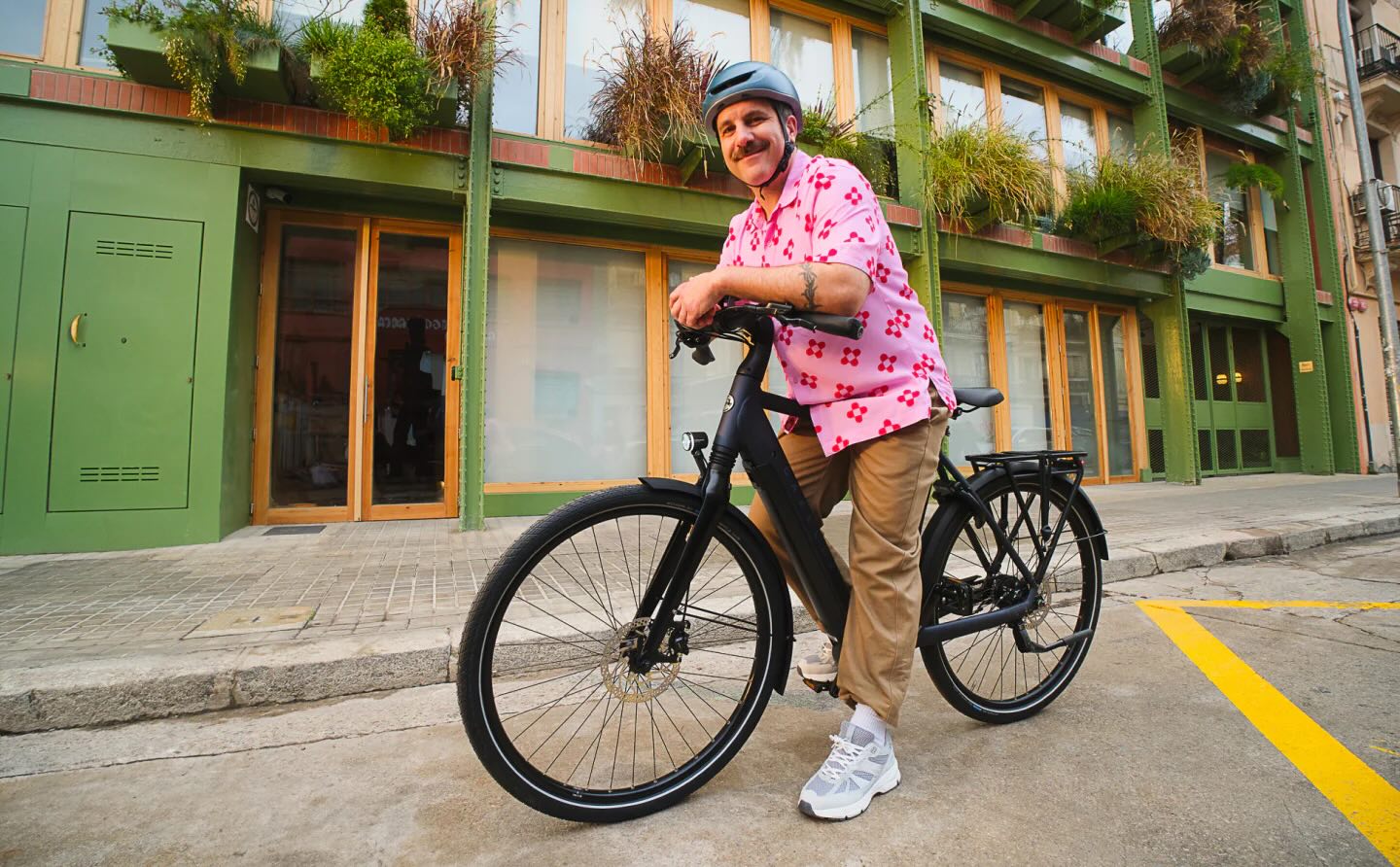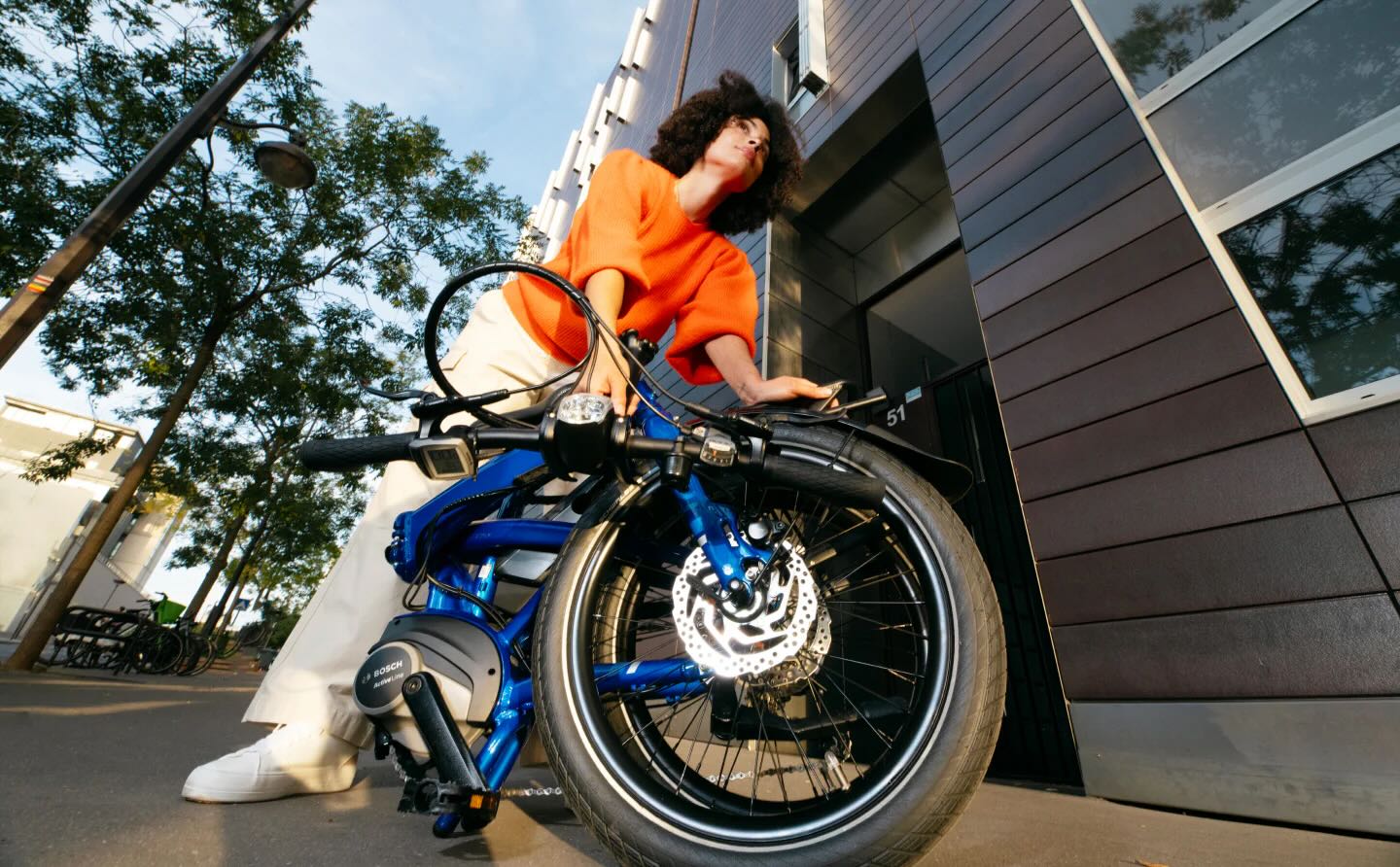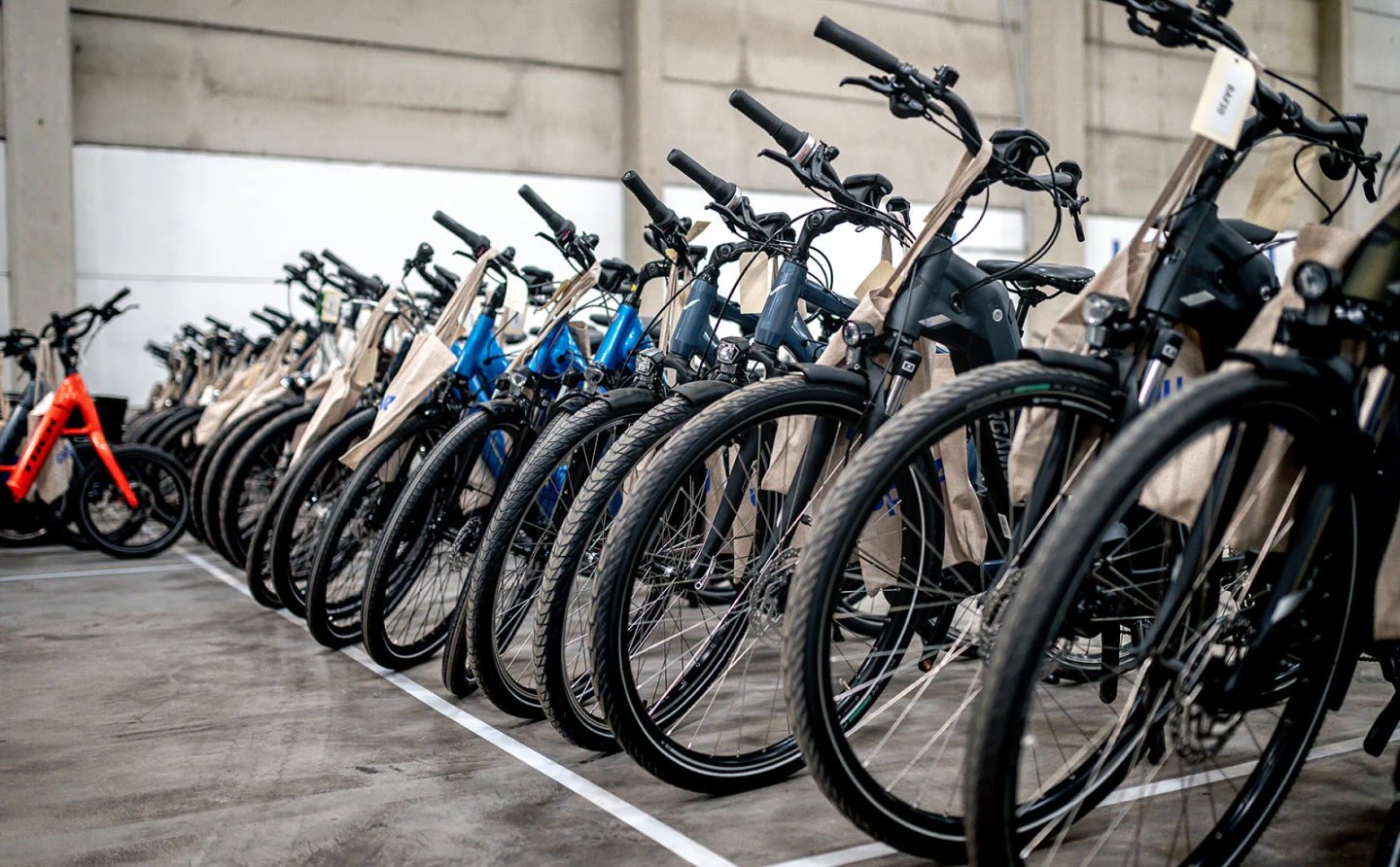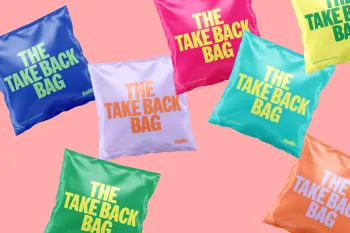Pressure on road builders will not stop growing, and companies in the field know it.
"As nations all over the world look to decarbonize in the lead-up to net zero deadlines, it's only right that our highways, byways and motorways get the full sustainability treatment too," Sustainability Magazine recently wrote.
Among those ready to start such treatment: Swedish construction firm Skanska and Switzerland-based Holcim, known to develop sustainable building materials. Together, they are working toward modernizing the United Kingdom's busiest highway, the M25, using recycled aggregates and low-carbon concrete expected to lower Skanska's carbon pollution by 40% against traditional methods.
"The M25 enhancements, which involved widening portions of the road and improving junctions, featured the recycled materials onsite, diminishing the necessity for extensive material transport and thus lowering the overall project emissions," the report said.
According to Holcim, its "ECOPact" low-carbon concrete can cut carbon pollution by up to 90% compared with standard options.
Foundation HEKS/EPER, however, underlined that the company's labeling of its ECOPact range as "green concrete" was misleading in a 2023 report. Besides, its offsetting of unavoidable pollution from related products does not mean reducing them.
Watch now: This 'win-win-win' app offers up to 50% savings on food
But if taking precautions to not fall into corporations' greenwashing trap is essential, Skanska's M25 project is going in the right direction. Initiatives like these can help decarbonize a sector that generates nearly 40% of global emissions, as U.N. data shows. The world's most consumed material on earth after water, concrete has a substantial carbon footprint.
"The M25 is getting a green upgrade. … And it's more than just a road improvement," a LinkedIn post read. "Recycled tarmac, low-carbon cement, and even reused materials like plastics and glass are paving the way (literally) for greener roads."
The first building to use 100% recycled concrete was borne out of a partnership between French social housing developer Seqens and Holcim. It's called the Recygénie, and it's in Paris. And it should soon be joined by plenty of others. In the U.S., New York City and Los Angeles have recently agreed to produce and use low-carbon cement in infrastructure.
 Would you live in a city where every road was underground?
Would you live in a city where every road was underground?
 Sign me up
Sign me up 
 Depends on how it looks
Depends on how it looks 
 Only if you paid me
Only if you paid me 
 No freaking way
No freaking way 
 Click your choice to see results and speak your mind
Click your choice to see results and speak your mind
Obviously, building less remains key to reducing the impacts of human-made infrastructure on the environment — as the heated debate around the construction of the A69 highway in the south of France over the past few months has illustrated.
TCD Picks » Upway Spotlight

But those strides count. All strides count.
Join our free newsletter for good news and useful tips, and don't miss this cool list of easy ways to help yourself while helping the planet.













